Carbon footprint and its radical increase in India has been a major problem post economic liberalisation. With the opening up of the economy, private players from outside started investing in India catering to the rising middle class’s needs. The country became hugely dependent on the limited resources it had. Industries and reckless urbanisation ignored the emission of gases into the environment. Today the country is looking at the challenges ahead vis-a-vis Climate change and Carbon Footprint.
India’s Carbon-neutral objectives
At the United Nations Framework Convention on Climate Change 2019, India confessed its aim to reduce carbon emissions considerably by the year 2030. This aim also includes the objectives of switching to renewable sources of energy and installing 100 GW of solar power plants by 2022. India asserted that the country would fulfil 40% of the energy demands by 2030. These resolutions look attractive, but it would be interesting to witness their solidification into reality. The figures of the status quo send a rather gloomy picture.
The Current Picture
In 2019, the International Energy Agency(IEA) reported that global economies like the US, China, and India were responsible for 70% of the energy demand and claimed India’s global carbon emissions to be standing whopping 7%. Every year we witness heatwaves sabotaging the lives of those at the lower strata of society. Cities like Delhi, Bhopal, Baroda, etc. become unbearable to live in.
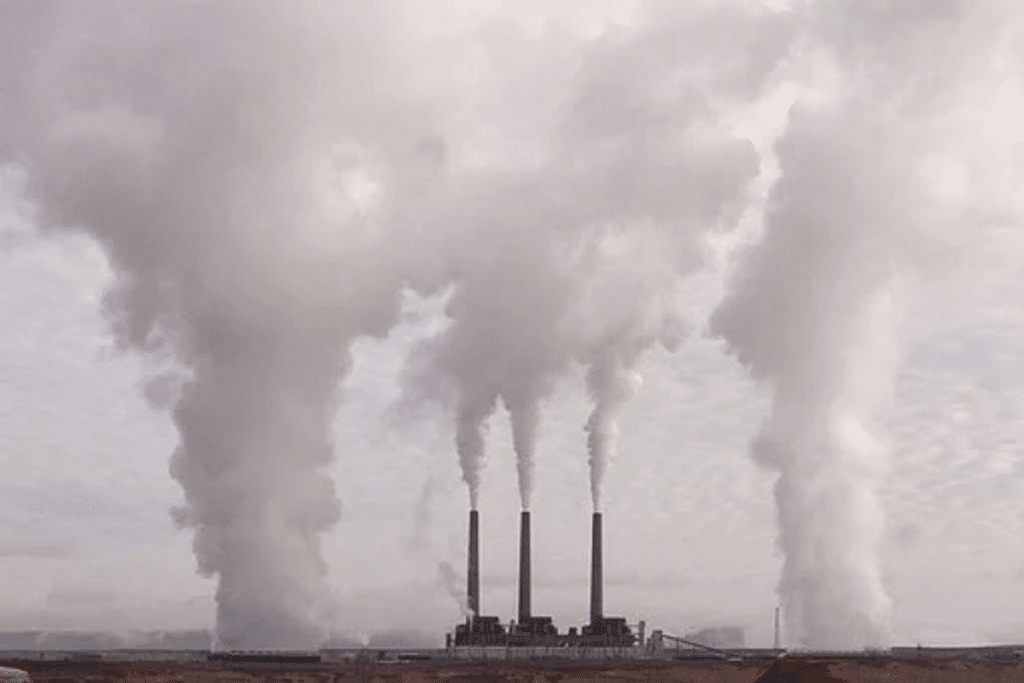
Every year the pollution and climate jump to an extreme level, but hardly any substantial steps are undertaken to control it. The figures substantiate this apathy towards carbon saturation in the air. In 2019, India’s per capita carbon emissions were 40% of the global average. With Indian cities like Delhi, Ahmedabad, Baroda consistently featuring at the list of most polluted cities in the Globe, the country needs to take drastic steps to curb the rising amount of GreenHouse Emissions.
What is Carbon Footprint
Before, delving into India’s Challenges over Carbon Footprint, we need to understand how the Carbon footprint is deteriorating the atmosphere. Carbon footprint is the total Green House Gas(GHG) emission caused by an individual, community, event, organisation, or country. It is measured as Carbon Dioxide Equivalent(CDE). CDE is calculated through Global Warming Potentials(GWP).
GWPs can be defined as the greenhouse gas’s ability to trap the extra heat in the atmosphere over a certain period concerning Carbon. For example, if Methane’s GWP is 20 and a 1 tonne of Methane is released into the atmosphere, It would trap the same heat 20 tonnes of Carbon would. All of this eventually leads to the depletion of Ozone resulting in extreme climate conditions: Global Warming. India has been at the receiving end of climate change with crops dying in the nation’s fertile lands. India emitted 3202 million metric tons of Carbon, and 68.7% of it comes from the Energy Sector.
The Obstacles for reducing Carbon Footprint
India is a youthful country, and it has to create employment opportunities for its buzzing workforce. Creating jobs would require generating new avenues and building infrastructure. The capitalist economy will have to compromise on the environmental aspect of this development. Many Indians live below the poverty line and rising their income level without losing the environment as a priority would require large-scale investment in non-renewable resources. Also, the country needs to encourage electric transportation to reduce emissions.
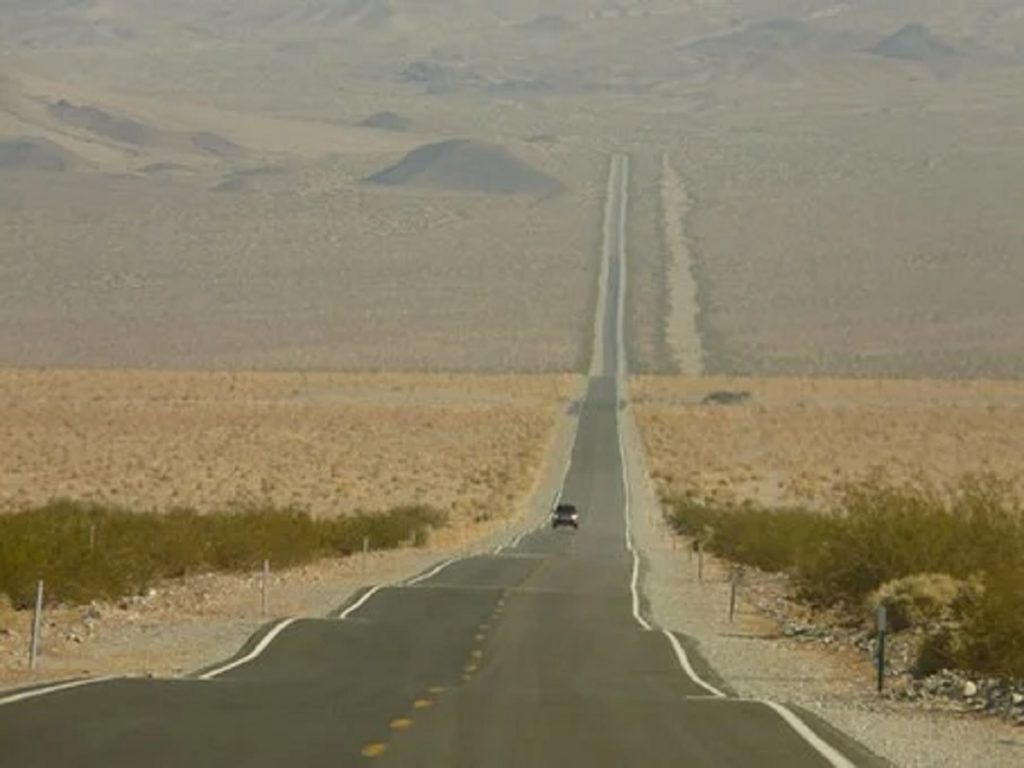
However, the transportation sector only counts one-tenth of the country’s total emissions, unlike the US, where it is the largest contributor. India’s government has pledged to reach 30% of running vehicles being run on electricity by the year 2030. The goal seems rather unattainable, considering very few electric car holders in India. Tesla recently got registered in India, but the Indian terrains are still not suitable for electric vehicles. The government first needs to manage the roads and connectivity in order to reach the aim of Carbon Neutrality.
COVID-19 and its Impact
The year 2020 was unprecedented thanks to COVID-19 which brought the entire world to an unforeseen standstill. The pandemic sabotaged the backbone of the energy and automobile sector. There was a drastic plummet in demand for coal and other oil resources. There were deaths and misery all over the world. However, the pandemic made the people introspect on the difference between needs and wants.
In May 2020, BBC reported a sudden dive in the CO2 emissions for the first time in four years. It further said, “in the fiscal year ending March 2020, coal deliveries were down by around 2%”. With people working from the comfort of their homes and are travelling less has led to less utilisation of natural resources. The pandemic will likely persuade people to consider alternative options for achieving the goals of sustainable development.
Depletion of Natural Resources
A report published by the Lancet revealed that Air pollution in India led to 1.7 million premature deaths. The air quality leads to several cases of lung cancer, heart disease, stroke, diabetes, and other respiratory disorders. The areas of Uttar Pradesh and Bihar were worst hit due to air quality. Several reports claim that the rise in COVID cases in the winter last year was linked to the increase in Air pollution.
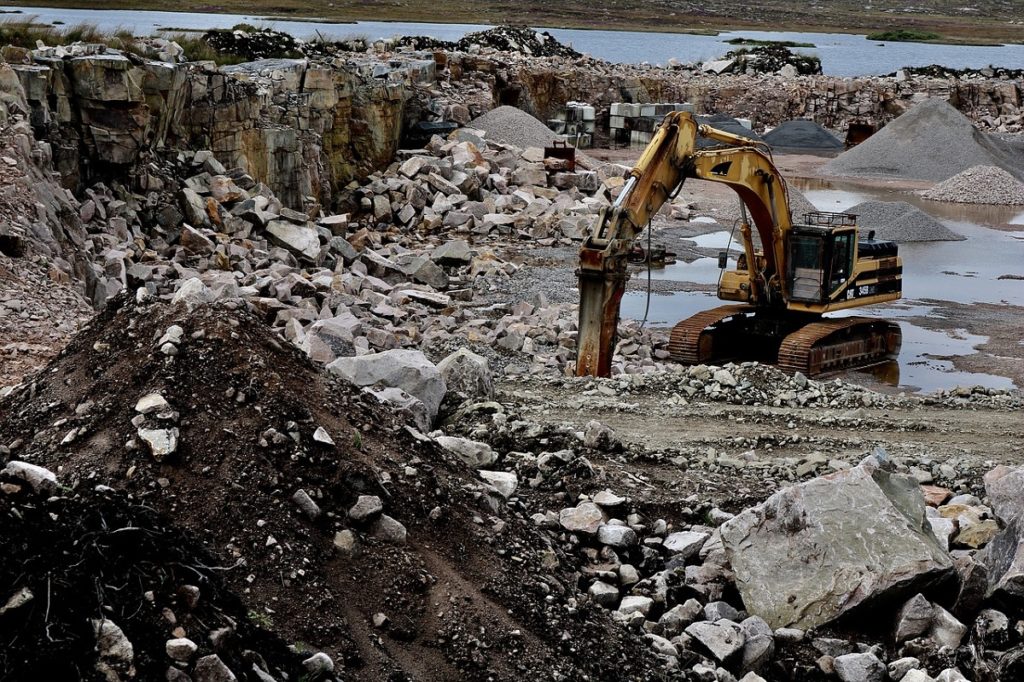
In the Winters, the air quality deteriorates in Delhi with PM 2.5 exceeding the permissible limit laid down by WHO. In 2016, the levels reached over 750 micrograms per cubic meter. Not only this, but Delhi also tops the list of annual Carbon footprints in the country. The capital’s CO2 emission of 69.2 million tonnes equals what Bengaluru’s, Hyderabad, and Chennai put together. Delhi being the national capital, witnessed a great deal of trade which escalates the large use of natural resources.
Despite being the national capital, Delhi witnessed the shortage of drinking water and abject poverty with a severed supply of food chains. Carbon emissions are responsible for these discrepancies, and the city has no option but to cut down its emissions. In the past 20 years, the country’s heatwave deaths due to GHG emissions have almost doubled according to a statistic by The Climate Solution.
The Decrease in Forest Cover
Another major reason for this increasing Global warming is decreasing forest cover. The reckless capitalist approach has destroyed the natural habitat of various flora and fauna. The green cover consumes CO2, but in its absence, these gases go to the atmosphere, resulting in the decline of the Ozone. India’s forest cover is only 21.67 % of the total geographical area according to the report by FSI.
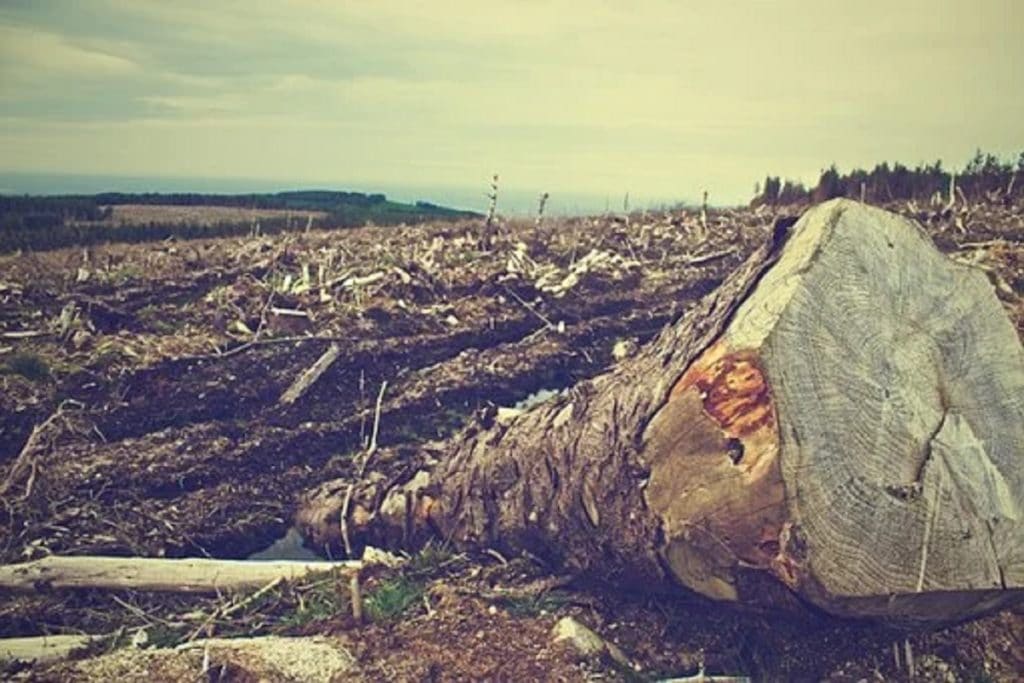
In the past few years, India has seen a decline in the forest cover in the green states of the North-East. This staggering outcome is the result of extensive human encroachment due to economic activities. In 2017, Delhi saw a decline in the very dense forests and moderately dense forest areas which reduce the atmospheric CO2 levels. Due to developmental activities, these special green zones have been reduced which a city like Delhi cannot afford.
The role of Industries and Corporate Giants
Many industries are adopting the idea to reduce Carbon footprint, but these are superficial assertions. According to a 2017 report by Reuters titled Global 250 Greenhouse Gas Emissions, four Indian companies were among the top hundred businesses with the highest Carbon footprint. Reliance Industries was one of them.
It had an estimated CO2 emission of 263.3 Metric tonnes. However, this list was topped by ‘Coal India’ with the largest GHG emissions of 2076 million tonnes. India is a party to the Paris Agreement signed in 2016, a treaty under the UNFCCC that keeps the average global temperature well below 2 degrees C by the end of the century. In November 2020, Indian companies like TATA, Mahindra, ITC, ACC, Adani, and nineteen others signed a declaration to strive towards ‘carbon neutrality’, an initiative by India’s Government.
According to the Times of India, “The nine mitigation measures, listed by the companies, in the declaration include the promotion of renewable energy, enhanced energy efficiency, water-efficient processes, green mobility, planned afforestation, waste management and recycling”.
Collective Efforts to reduce Carbon Footprint
The collective efforts from a country or a community are highly coveted to achieve success in curbing carbon footprint. However, collective efforts stem from individual contributions. Travel, air conditioning, food, and cosmetics that we buy also add to global warming levels. The refrigerators we use contain CFC which breaks down the Ozone in the atmosphere. The average carbon footprint of a single person globally is 4 tonnes. Here are the following measures to reduce individual carbon footprint:
Reducing the Use of AC
It is one of the important yet convenient steps to check the carbon footprint. It is assumed that there are more than 1 billion Air Conditioners on this planet. The US has the maximum number of air conditioning units. It is speculated that by the year 2050, there will be nearly 4.5 billion AC units. The International Energy Agency also speculates the world producing 2 tonnes of CO2 through AC. In India, the number of AC users is significantly less, but with the middle class’s rise, the user base is bound to increase.
Checking the usage of Fule-Driven Vehicles
It also reduces the carbon footprint. According to research by the University of British Columbia, nearly 2.6 tonnes of CO2 can be retrieved from dispersing into the atmosphere just by not using one car by a person. India is one of the largest automotive industries in the world. In the fiscal year 2020, it sold over 21 million vehicles.
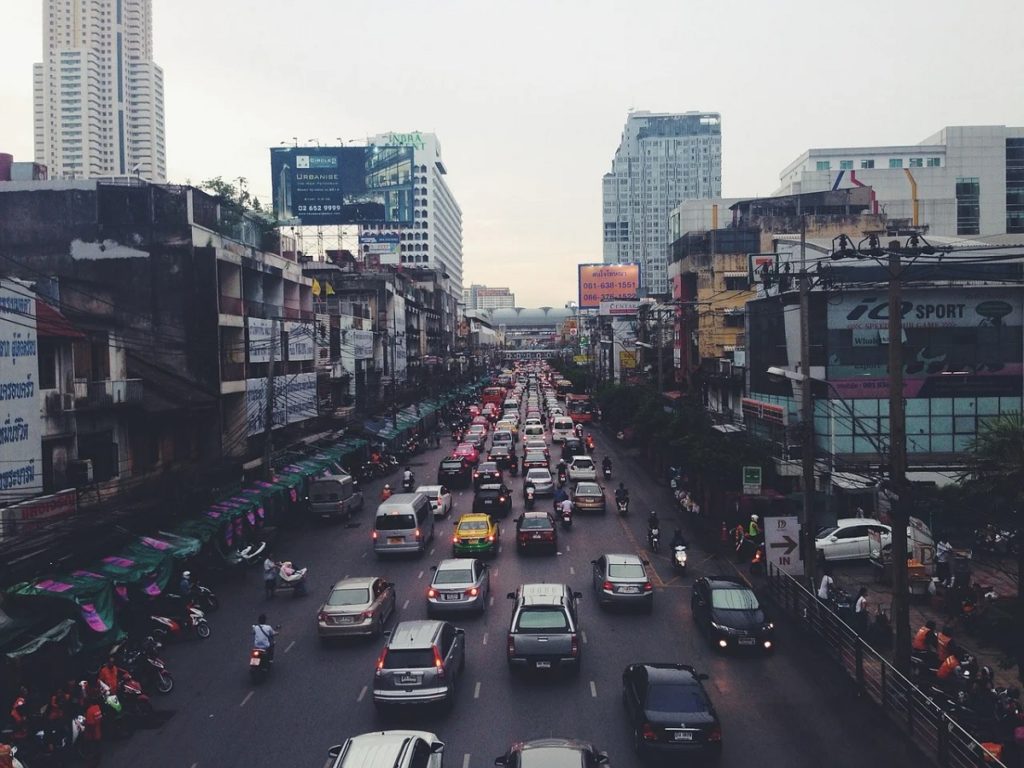
The Indian government imposes a Green tax on vehicles, and the number varies depending upon the size of the vehicle as well as emission. But, an individual can reduce carbon emission by depending on a carpool or public transport wherever possible. When the use of personal vehicles becomes necessary, make sure to check the tires and load on the car as they can emit larger emissions if ignored. Reducing air travel also helps in this cause. If air travel becomes necessary, a person can donate to organisations working for this cause.
Spreading Awareness
Spreading awareness about the deteriorating impacts of personal carbon footprint helps build the social response. Young Climate activists like Greta Thunberg have been at the forefront of bringing the change. Her movement has brought many voices under one umbrella and gained the social capital required to generate an international notice. Her speech at the UN Climate Summit is still remembered by many.
Not everyone has to be a leader but can work towards the cause like Saalumarada Thimmakka, famously known as Aalada Marada Timmakka. She is an Environmentalist from the southern state of Karnataka. In her life spanning more than 100 years, she planted and nurtured 385 Banyan trees stretched along the highway between Hulikal and Kuduro. She also planted 8000 fully grown trees. In an interview with CNN, she said, “It was my fate not to have any children. Because of that, we planned to plant trees and raise them and get blessings. We have treated the trees as our children.”
Follow us on FACEBOOK, INSTAGRAM and TWITTER to stay connected.
ALSO READ- World’s worst air polluted Countries !!!




